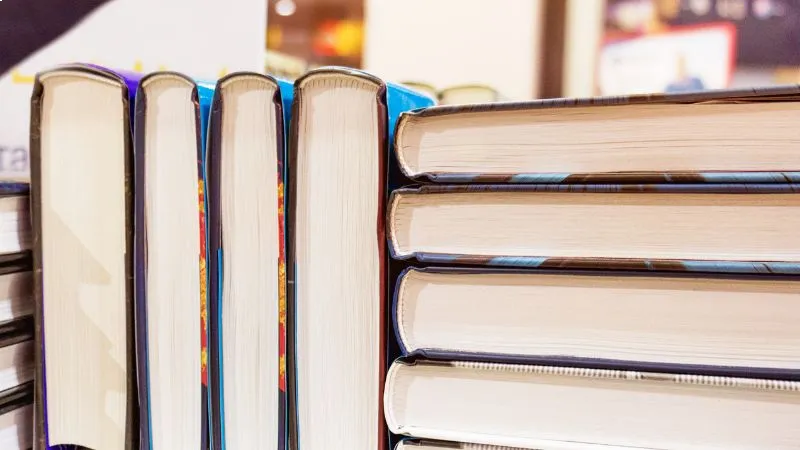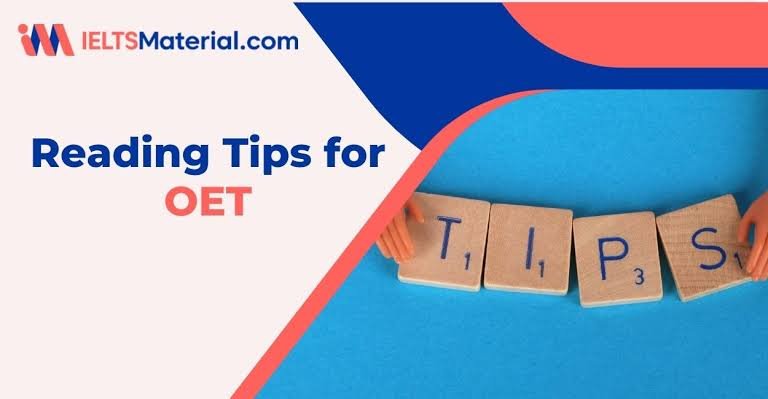5 Common Types of Book Binding You Should Know About
There are many types of book binding, which can be confusing. Here are 5 of the most common that you should know about.
Saddle Stitched binding is popular for smaller booklets like brochures, program books, and catalogs. It is cost-effective and allows the reader to lay flat when opened.
Saddle Stitched
Saddle-stitched binding is a prevalent bookbinding method for booklets, catalog printing, and magazines. This is due to the low cost and easy assembly. It also provides an excellent finished appearance and feel.
One thing to note about saddle-stitched binding is that the page count needs to be kept relatively low, as the number of staples limits it. This is especially important when your booklet has tight registering borders, pages that spread across the spine or bleeds (where the colors extend past the edge of the paper). If you have these elements in your design, choose another binding method for your project.
The other downside to saddle stitching is that high page counts can lead to “page creep,” where the inner pages nested together stick out farther than the carriers closer to the cover. This is more pronounced as the number of pages increases. Aside from saddle stitching, you need to know different types of book binding.
Spiral binding is an excellent alternative to saddle stitching because it can accommodate a variety of page counts and has a very versatile lay-flat feature. It uses holes created along the left edge of your booklet’s pages and inserts a continuous plastic coil to hold them in place. This style is used for spiral notebooks and journals. It is also commonly used for children’s books, wedding albums, and coffee table books.
Thread Stitched
For those seeking something that looks and feels more traditional, this bookbinding uses thread to sew individual sheets of paper into a booklet-like stack. Each sheet is tucked behind its following page to maintain the proper sequence. After the pages are sewn together, a cover is attached using glue. The result is a durable, long-lasting book that can lay flat. A version of this called long-stitch is a common technique used by book artists today to create handmade journals, scrapbooks, and albums.
Another variation in this style is side staple binding. This allows you to mix and match different paper stocks for your page count. It’s a popular choice for quote books and delivery notes, where individual sheets are perforated and folded before being stacked & bound together with wire in the spine. Books up to 15mm thick can be side stapled, and they can also be made more durable with backing & cover boards or wraparound covers.
Saddle stitch binding is one of the most commonly used types of bookbinding and is ideal for thinner publications such as leaflets, brochures & marketing material. It requires a page extent divisible by four, and like perfect binding, the pages cannot be opened flat.
Perfect Bound
You may have seen perfect bound books before, as they’re a standard soft cover binding type. They have a square spine with a cardstock or paper cover, usually thicker than the interior pages. For this reason, they can offer durability and a more finished, crisp look to a publication. They also lay relatively flat, which is especially helpful for coloring books or workbooks. For this reason, they’re commonly used by authors and businesses for annual and corporate reports, manuals, catalogs, and thicker product brochures and magazines.
To assemble a perfect bound book, the internal pages are first stacked together to form a block of paper that’s as crisp as possible. Then, the spine edge of this block is roughed up with blades or abrasives to expose more paper fibers and improve adhesion for the glue that will be applied later. Finally, hot glue glues the cover onto this block of pages along the spine. After it has dried, the three open edges are trimmed for clean, “perfect” advantages.
Perfect binding is a good choice for projects with a page count below 48. This is because it’s more durable than saddle-stitched books and will hold up better against frequent opening and closing. For publications that have a higher page count, however, extra care needs to be taken to keep the content far enough away from the spine gutter to avoid breakage.
Case Bound
A popular choice for soft-cover books, such as paperbacks, this bookbinding method is very durable. Pages are printed on both sides of the text-weight paper, gathered together (collated), and trimmed to create a book block. Then, a cardstock cover is placed over and around the inside pages and attached to the spine by applying a strong yet flexible PUR glue. The endpapers are glued to the interior front and back covers to protect the pages and give the book a finished look.
This type of binding requires a highly durable and high-quality cover. The case is made of cloth, leather, or printed/laminated paper that is glued and wrapped to three boards; a front, a spine, and a back. The head and tail bands are a decorative element of the book that can be one solid color or two colors intertwined.
Unlike other types of books that are bound with a spine, case-bound books have a rounded spine. This is because a text with this type of binding must be inserted in a particular device to be closed and opened rather than manually. This bookbinding style is an excellent choice for books viewed in professional settings, such as annual reports and owners’ manuals. It is also suitable for readers with many pages and much information to include in a small space.







